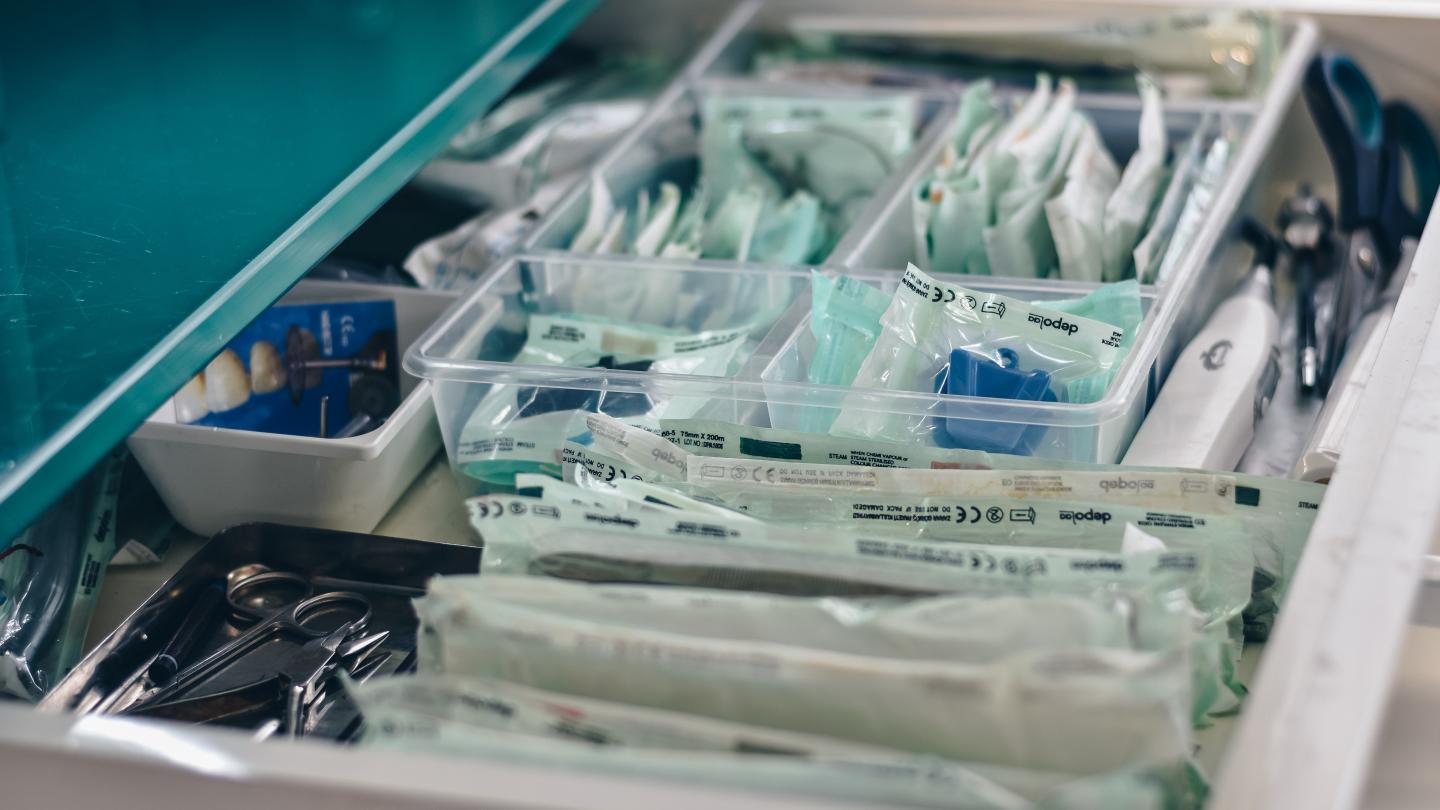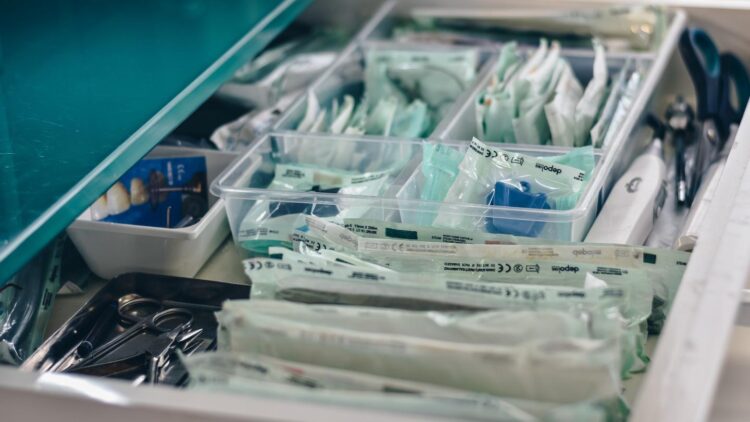Rice University joins, brings expertise to consortium

Credit: Photo by Ibrahim Boran on Unsplash
A University of Utah-led consortium to improve the design of medical devices welcomes Rice University as its newest partner. The Human Factors MEdical DevIce Consortium (hfMEDIC) serves as a consulting resource for medical device manufacturers looking to improve usability and safety of their products.
“For medical devices, it always comes down to: Is it usable or not?” says Frank Drews, professor of psychology and director of hfMEDIC. “And if something is not usable, well, you don’t use it. That has a huge impact on the effectiveness of treatment.”
Human factors
Just as user interface/user experience experts work to make tech experiences easier to use, researchers in human factors work to improve the usability of biomedical devices with the aim to reduce adverse outcomes such as errors. One example is a kit designed by Drews, who holds adjunct appointments in anesthesiology, biomedical informatics and other departments, and his colleagues. Central venous catheters, or central lines, are placed in large veins to deliver medications and fluids, but they’re a significant source of risk for infections, as they provide an access point for pathogens.
“We developed kits that actually guide nurses through the process of inserting and maintaining those central lines,” Drews says. In the course of a study to evaluate the kits, they reduced central line infections to nearly zero. They chose to not patent the design of the kits. “And now many manufacturers have adopted this approach and now these central line maintenance kits are considered industry standard,” Drews says.
Assembling the team
In 2016, the U.S. Food and Drug Administration began issuing guidance for human factors and usability engineering for new devices. Some large manufacturers employed product development engineers, while academic researchers in the field worked somewhat independently. Mid-sized manufacturers may not be able to devote resources to full-time engineers, however. That’s where hfMEDIC comes in. The consortium connects the needs of industry with the expertise of a network of researchers. “We are trying to really organize a concerted effort,” Drews says, “addressing these problems where right now all of the device manufacturers are just doing it by themselves.”
###
At the U, Drews is joined by Andrew Merryweather, associate professor of mechanical engineering, and director of the Ergonomics and Safety Program. His team includes graduate and undergraduate student researchers and engineers.
Additional partners
What does the addition of Rice University bring to hfMEDIC? “Expertise,” Drews says, particularly that of professor of psychological sciences Pat DeLucia. “It’s really increasing our resource base,” Drews continues. “Having another pool of potential members in Texas and pulling from a larger pool of graduate students and undergraduate students.” The students gain valuable experience, he says, that can translate into a career in human factors engineering in industry.
“I am excited about joining hfMEDIC and working with Frank Drews, who is a leader in the field,” DeLucia said. “Being a consortium member gives faculty and students at Rice opportunities to work with industry and government partners to improve medical devices and other components of heath care, and ultimately to enhance patient safety.”
The consortium also includes academic partner North Carolina State University and industry partner AbbVie.
Interested potential partners, whether from academia or industry, can visit hfmedic.org or contact Drews at [email protected]
Media Contact
Paul Gabrielsen
[email protected]
Original Source
http://attheu.





